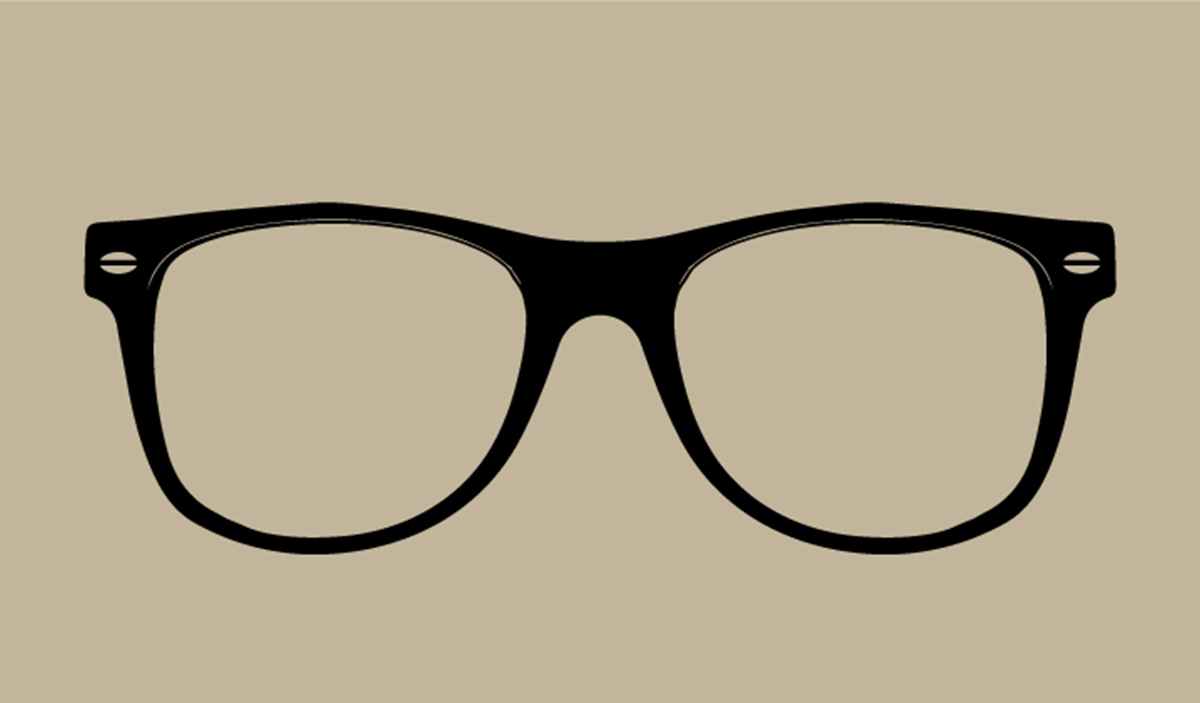Table of Contents
A convergence insufficiency relates to the eyes not being able to work together and move inwards (converge) to allow them to focus properly when visualising nearby objects. Failure for the eyes to converge doesn't allow binocular vision to occur and therefore two images are seen.

Causes
The causes of convergence issues seem to be from misalignment of the eyes due to a problem associated with the muscles of the eyes.
The problematic muscle will cause the affected eye to move outwards when one is trying to focus which causes the symptoms associated with convergence issues.
Symptoms
Not everyone experiences problems with convergence issues, but if they do occur it usually happens when the affected individual is reading or performing work that requires close eye contact. Convergence issues of the eyes can cause the following complaints.
- Closing one eye or squinting in order to focus better.
- Eyestrain.
- Double vision.
- Difficulty reading as words seem to be blurry.
- Headaches.
- Difficulty concentrating.
Complications
Convergence issues can result in difficulties with reading and concentrating which may result in the child struggling to learn properly and can cause him or her to fall behind in class.
Routine eye exams and school-based visual screenings usually don't pick up convergence problems of the eyes. These children are then assumed to have a learning disability due to their poor reading when the problem actually lies with their eyes.
READ Beware Of Sun Damage To Your Eyes
Making the diagnosis
A general practitioner and an optometrist will assess a child that is having issues with reading and who is having eye-related complaints. Simple visual assessments can be done and the child's ability to focus will also be tested.
If a convergence issue is picked up, then further management will be incorporated.
Management
The following treatment options are suggested when managing convergence issues.
- Home or office-based vision therapy - eye-focusing exercises are done on a computer at home or at work to improve visual convergence.
- Pencil push-ups - the patient focuses on a small letter on the side of a pencil and they move the pencil closer to the bridge of their nose, stopping the movement when they experience double vision. A patient's physician will usually suggest performing this exercise for 15 minutes a day, 5 or 6 times a week.
- Combined therapy - many specialists suggest performing vision therapy together with pencil push-ups as the combination may be more effective in managing convergence issues.
- Utilising reading glasses - if visual therapy or pencil push-up exercises aren't effective enough, it may be suggested to use reading glasses to help with this visual problem. Using these glasses is usually more effective for children.
- Observe - some patients may be diagnosed with convergence insufficiency but not show any signs or symptoms of the condition. In these cases, patients are asked to look out for symptoms when reading or doing close work and they may then be re-tested at a later stage.
- Surgery - if non of the above-mentioned treatment options are effective in managing convergence insufficiency, then surgery may be recommended for these patients.


Your thoughts on this